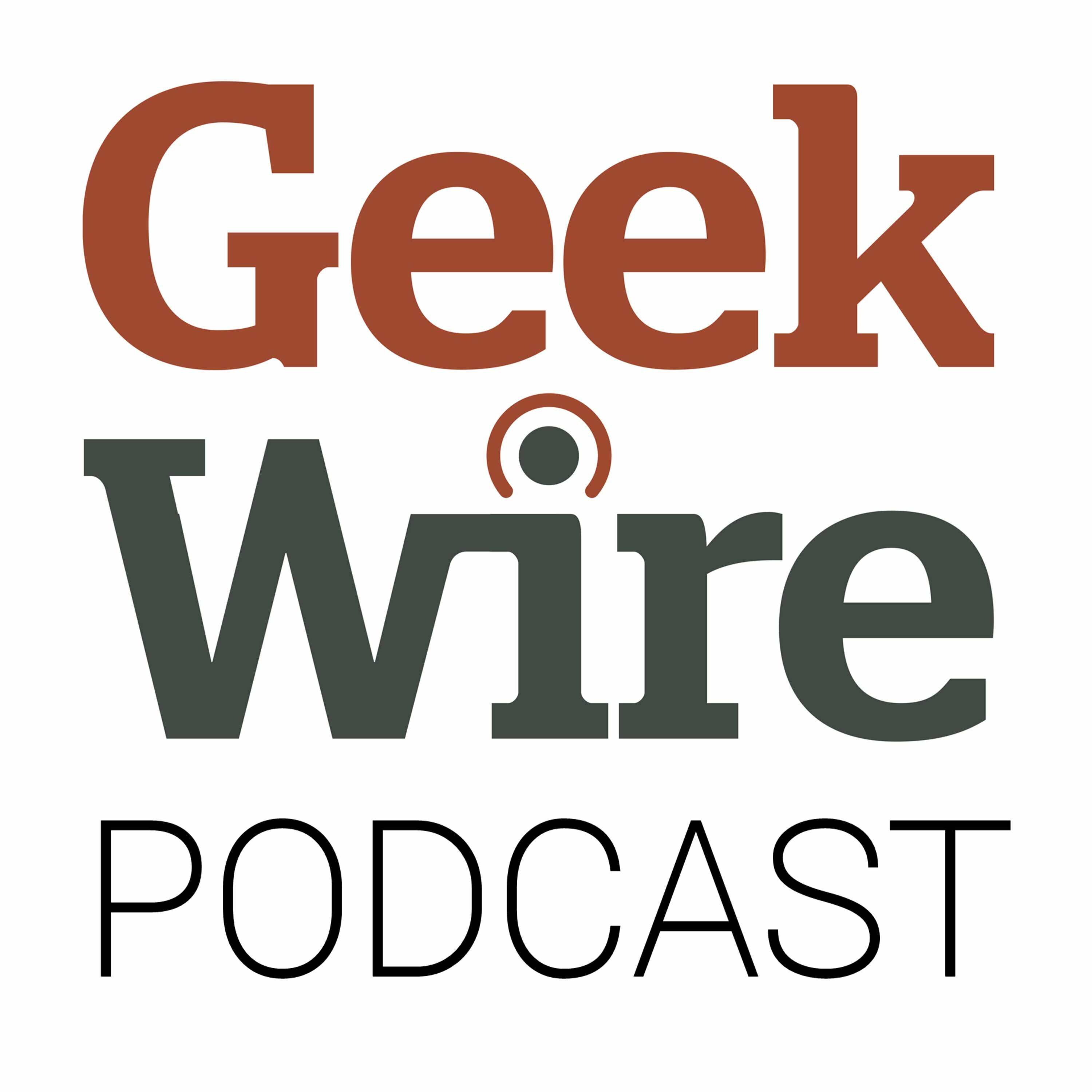Cal Henderson has been working with the same set of people and co-founders for a few decades now. In 2000s they'd made a video game on the internet, which turned into Flickr and got acquired by Yahoo. A decade later they tried another online game called Glitch, which again did not work, but turned into Slack.
Slack is bringing hundreds of different work applications under the same roof, enabling companies to use a unified interface for all their communications and data.
While email was built on a one-to-one model of communication where new information was pushed on you, Slack enabled a one-to-many pull model, where anyone can subscribe to any information of interest.
Information in email is only born once an account is opened, and is as good as destroyed once the email account is closed. Meanwhile, Slack enables information to live on forever, so new team members never start with an empty slate, nor is their knowledge lost with transition.
It could be very addicting to dive deep into a technology and build something for massive scale, only to never see it come true. When starting Slack, the team was unconstrained by what the technology would become, instead they focused on finding the product market fit. The job was to build something that worked and to iterate fast.
It would have been much-much harder. In his first company, Cal had to buy physical servers and manually drive and install them in data-centers, which sucked up a third of his time. Moving to infrastructure-as-a-service enabled a whole new generation of startups.
Avoid doing undifferentiated work that everyone is doing, but which adds no value.
Slack is focused on ways to make engineers more effective and productive, lowering the technical barrier for DevOps. The idea is that if a team could build a feature, they should also be able to support it.
By embracing the latest cloud technologies like Kubernetes, they are simplifying deployment and maintenance for the whole organization.
Opportunity cost and engineering time are super expensive, and it makes sense to optimize for those, rather than try and save costs on web services.
Both services are very similar, but each has its own unique aspects that make switching rather time consuming.
AI can certainly make small interactions better, thereby making your whole experience better.
It will be a while until AI is able to make drastic improvements in our use of software, probably not until it can achieve human-level intelligence.
Breaking-in is a strong term. Cal was just very interested in the game that Steward was building, so he changed the default admin password on Glit's mailing list to get some insights, with the intention to build an API on top of the game. It wasn't the greatest move, but it worked out at the time.
People you hire in week one of the company are very different from the people you should hire with 1500 employees. More and more work has become knowledge work, with ability to collaborate at its core.
How do you take software that you already use everyday, and use Slack to enrich the usage of those applications? Slack would like that, and they even have a Slack Fund to fund those.
Early on, optimize for finding product-market fit; nothing else matters. Leverage whatever technology you can to get there faster.
